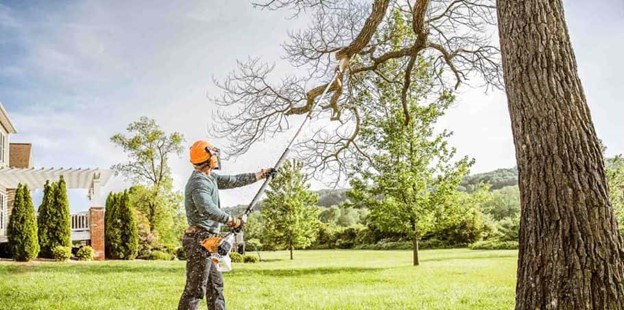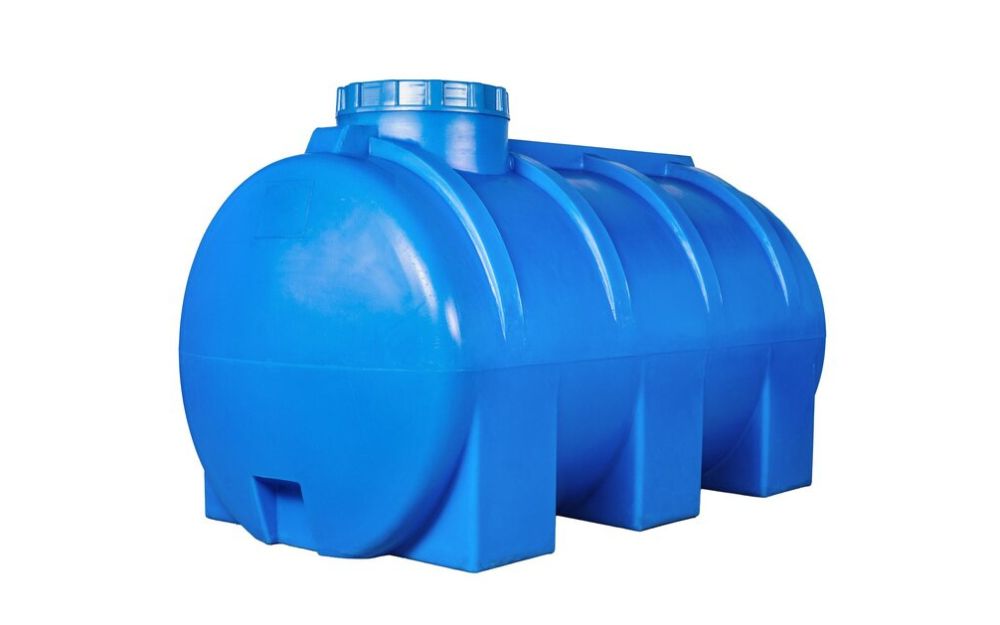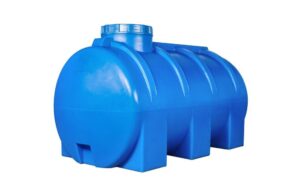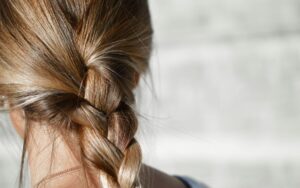Tree Trimming and Pruning: The Essential Guide for Healthier Trees
Trees are some of the most essential parts of any landscape, adding beauty, shade, and cleaner air to our environment. But like any living organism, trees need regular care to remain healthy and vibrant. This guide walks you through everything you need to know about tree trimming and pruning, helping you foster a healthier and longer-lasting landscape.
What is Tree Trimming and Pruning?
Tree trimming and pruning are essential maintenance tasks that help your trees thrive. While both involve removing branches, they each serve unique purposes and require different techniques. The terms tree trimming and pruning are often used interchangeably, but they have different functions:
- Trimming generally involves removing overgrown branches to shape the tree or reduce its size, which also helps to keep your landscape neat.
- Pruning is more about improving tree health by removing dead, diseased, or damaged branches to promote new growth.
Why is Tree Trimming and Pruning Important?
Pruning and trimming go beyond aesthetics; they’re vital for the tree’s health, stability, and safety. When left unchecked, overgrown branches can damage property, interfere with power lines, or become a hazard during storms.
- Encourages New Growth: Removing old branches opens space for sunlight and air, which encourages new, healthier growth.
- Increases Fruit Yield: For fruit trees, proper pruning can increase fruit production.
- Reduces Risk: Prevents branches from falling and causing accidents, especially during high winds or storms.
When to Trim or Prune Your Trees
Knowing when to trim or prune your trees is essential for achieving the best results.
- Late Winter to Early Spring: This period is generally the best time for most trees, as they’re in a dormant state. Trimming or pruning during this time minimizes the risk of diseases and allows trees to heal before the growing season begins.
- Late Summer: For trees that have already grown for the season, late summer is an appropriate time for light pruning. This is useful for removing dead or damaged branches and maintaining the tree’s shape.
- Avoid Fall Pruning: Tree trimming and pruning in the fall is generally discouraged as it can lead to fungal growth and other diseases, making the tree more vulnerable as it enters winter dormancy.
Signs that your tree trimming and pruning
Look out for these telltale signs:
- Overgrown branches are blocking light to lower parts of the tree.
- You see dead or broken branches.
- Branches are growing dangerously close to structures or power lines.
Types of Tree Pruning
Different types of pruning cater to specific tree needs.
Dead Pruning
This involves removing dead, diseased, or decaying branches to prevent the spread of disease and encourage healthy growth.
Crown Thinning
Thinning the crown helps improve airflow and light penetration. It reduces weight on heavy limbs, which is especially useful for older trees.
Crown Raising
Crown raising clears the lower part of the tree trimming and pruning for better clearance, which is often done near roads or sidewalks.
Crown Reduction
Crown reduction reduces the height or spread of the tree, often for trees growing too close to buildings or power lines.
Tools and Equipment Needed for tree trimming and pruning
Choosing the right tools is crucial to ensuring effective and safe pruning. For smaller trees, a pair of hand pruners and loppers can usually handle the task. For larger tree trimming and pruning saw, pole pruner, or chainsaw might be necessary. It’s essential to have these tools sharpened and properly maintained for a clean cut. Safety first! Gloves, eye protection, and a hard hat are essential, especially if working with larger trees or higher branches.
Step-by-Step Guide to tree trimming and pruning
Tree trimming and pruning can be simple if done with patience and a plan. Here’s a step-by-step guide. Examine the tree for signs of disease or infestation. If you notice anything unusual, it’s best to consult an arborist before proceeding. Always cut just above a bud or branch to avoid damaging the main structure of the tree. Aim for a 45-degree angle to promote healthy healing. After pruning, dispose of trimmings responsibly, especially if diseased, to prevent spreading pathogens to other trees.
Hiring Professional Tree Services
Sometimes, it’s best to bring in a professional, especially for large or complex trees. If the tree is too tall or near power lines, it’s wise to hire a professional to avoid potential risks. Look for certified arborists who have experience and insurance, ensuring quality work and protection for your property. Professionals can assess your trees, recommend the right pruning techniques, and even provide disease treatment if necessary.
Common Mistakes in Tree Pruning and How to Avoid Them
Avoiding common pruning mistakes can save your trees from damage:
- Over-pruning: Taking off too many branches can weaken the tree.
- Cutting Too Close to the Trunk: This damages the tree’s natural healing process.
- Pruning in the Wrong Season: Pruning during the wrong time of year can leave trees vulnerable to disease.
Conclusion
Regular tree trimming and pruning are essential for keeping your trees strong, beautiful, and healthy. By following proper pruning techniques and scheduling regular maintenance, you can ensure your trees remain a valuable part of your landscape for years to come.
If you gained new insights from this article, explore our blog, Gimkit, for more enlightening content.
Share this content:










Post Comment